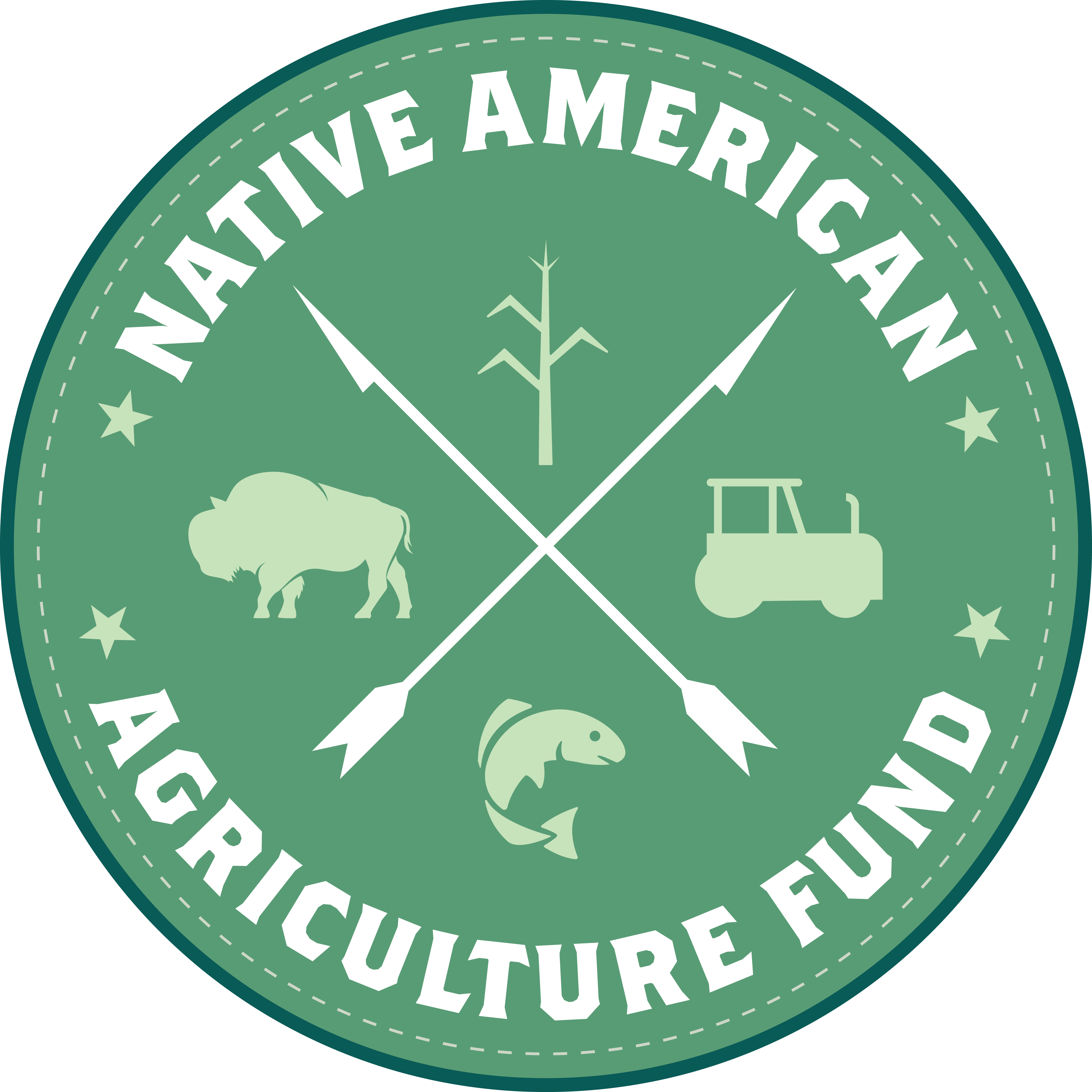Native American Agriculture Fund Awards $10 Million in Grants to Support Agriculture Across Indian Country
Native American Agriculture Fund Awards $10 Million in Grants to Support Agriculture Across Indian Country
August 25, 2025
BISMARCK, ND — The Native American Agriculture Fund (NAAF) is proud to announce its 2025 grantees, awarding $10 million in grants to 27 entities across 12 states, including Tribes, schools, nonprofits, and community development financial institutions. Grants are focused on increasing access to capital for producers and supporting them to feed communities, steward the land, and grow local economies. NAAF is a private drawdown trust in its seventh year of grantmaking, reaching nearly $86 million in grant funding since the first funding cycle in 2019, impacting more than 500 distinct projects across Indian Country.
View 2025 NAAF grantees at the link here.
NAAF’s mission is to ensure that the resources from the Trust are directed back into rural and Tribal communities in ways that strengthen producer operations, enhance economic opportunities, and open doors for the next generation pursuing a career in agriculture.
“NAAF grants continue to build upon past funding success to move forward with a clear understanding that agriculture is central to solving today’s challenges,” said NAAF Board of Trustees Chair Stacy Leeds. “This investment carries forward the work of Keepseagle claimants and the producers who dedicate their lives to this calling, enduring the challenging days because of their love for the work and recognition of the importance of cultural and economic prosperity through agriculture.”
“For decades, the Keepseagle claimants endured challenges that made it difficult to access loan services and succeed as agricultural producers. NAAF grants are focused on ensuring farmers and ranchers are not burdened by the same obstacles when seeking capital for their operations,” said CEO of NAAF, Toni Stanger-McLaughlin. “Local and regional economic growth is driven by keeping dollars circulating in the community, whether it’s feed suppliers or equipment providers working with ranchers raising cattle; local restaurants, schools, grocery stores, food banks procuring from a Tribal farm; or a teacher incorporating agri-science into the classroom to spark future career pathways for students. At its core, this funding is about the Native producers who feed families, fuel economies, and steward the lands and waters that sustain us all.”
Projects funded in 2025 will expand access to capital, build skills and infrastructure, and advance food sovereignty across Tribal communities:
- Expand Access to Capital & Financial Tools for Native Producers
Many projects focus on overcoming one of the biggest barriers in Native agriculture: limited access to credit. They address this through direct lending, revolving loan funds, equity grants, succession planning, and financial literacy programs to help Native farmers, ranchers, fishers, and food entrepreneurs secure sustainable capital.
- Build Skills, Education, and Infrastructure for Sustainable Agriculture
Tribal colleges, schools, and nonprofits are investing in agricultural education (for both youth and adults) that blends traditional ecological knowledge with modern practices. Efforts include greenhouse and farm stand construction, training in agri-business, certifications in advanced technologies, regenerative farming, and youth entrepreneurship programs—ensuring the next generation is prepared to lead in both production and business management.
- Strengthen Food Sovereignty, Land Stewardship, and Local Food Systems
Many initiatives aim to reclaim and restore Tribal food systems by improving infrastructure (e.g., fencing, meat processing facilities, cold storage, irrigation systems), expanding community gardens and seed banks, and implementing climate-resilient and culturally grounded practices. These projects prioritize community self-sufficiency, healthier diets, ecological stewardship, and the preservation of traditional foodways.
